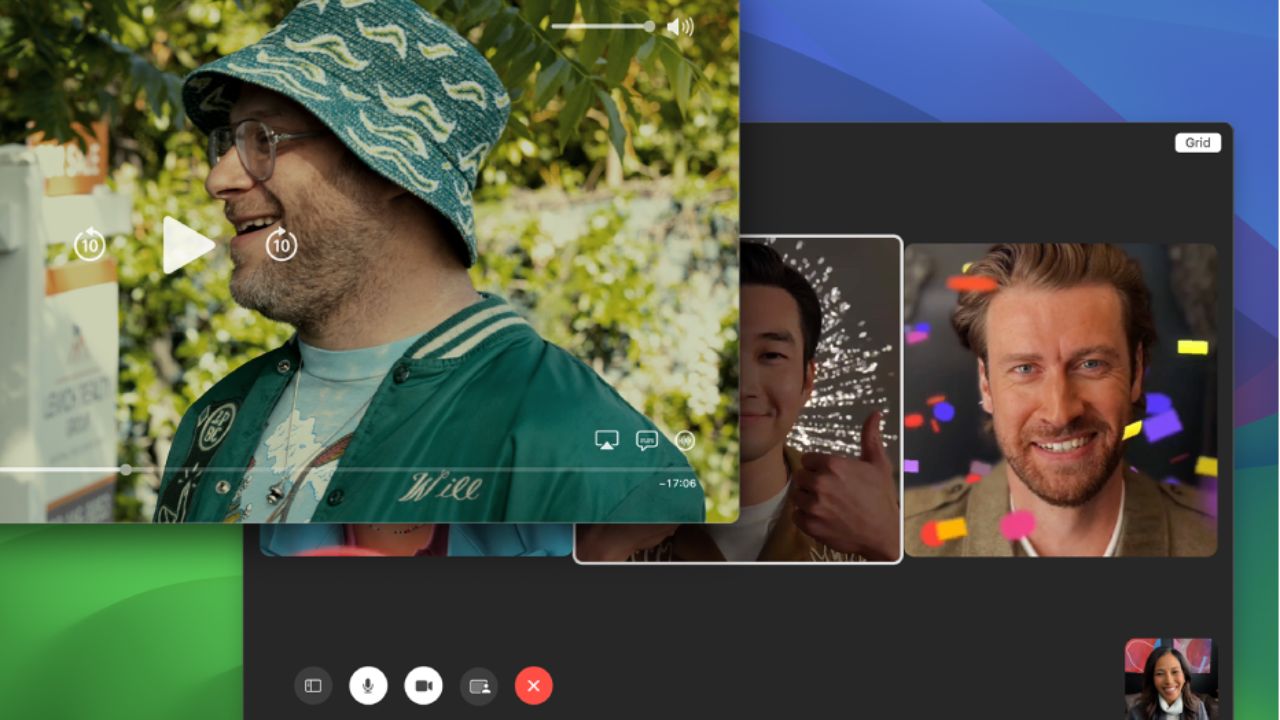We’ve all been there—whether it’s a grandparent struggling with a new device, or a parent confused by software updates. It’s frustrating when you want to help but can’t be there in person. While gathering around a kitchen table to troubleshoot is ideal, distance often gets in the way. And let’s face it, trying to explain complex steps over the phone or video chat can be a challenge. So, what’s the solution? Remote assistance might just be the answer you’re looking for. Let’s explore how you can lend a helping hand from afar and get those tech troubles sorted out.
GET SECURITY ALERTS, EXPERT TIPS – SIGN UP FOR KURT’S NEWSLETTER – THE CYBERGUY REPORT HERE

How to set up remote access on Windows
1) Quick Assist
Quick Assist is a built-in remote access tool available on Windows 10 and 11.
How to use Google Meet for remote assistance on Android
Settings may vary depending on your Android phone’s manufacturer
- Open the Google Meet app on your Android device.
- Click Create a new meeting.
- Tap Share
- Then share the meeting link with the family member who needs assistance via a text or email.
- Both you and your family member should join the call using the provided link.
- Tap the three-dot menu in the bottom right corner and select “Share screen.” Choose the screen or app you want to share. This allows the other person to see your screen and follow along with your instructions.
- If you need to see their screen to diagnose an issue, ask them to share their screen using the same steps. They will need to approve this request.
- While viewing their screen, you can guide them verbally or use the chat feature to send instructions. Although Google Meet doesn’t have built-in drawing tools, you can use third-party apps like Google Keep for annotations.
- If you’re watching a tutorial video together, you can control the playback on your device, and they can follow along on their screen.
- When you’re done, simply tap the “Stop sharing” button and end the call.





